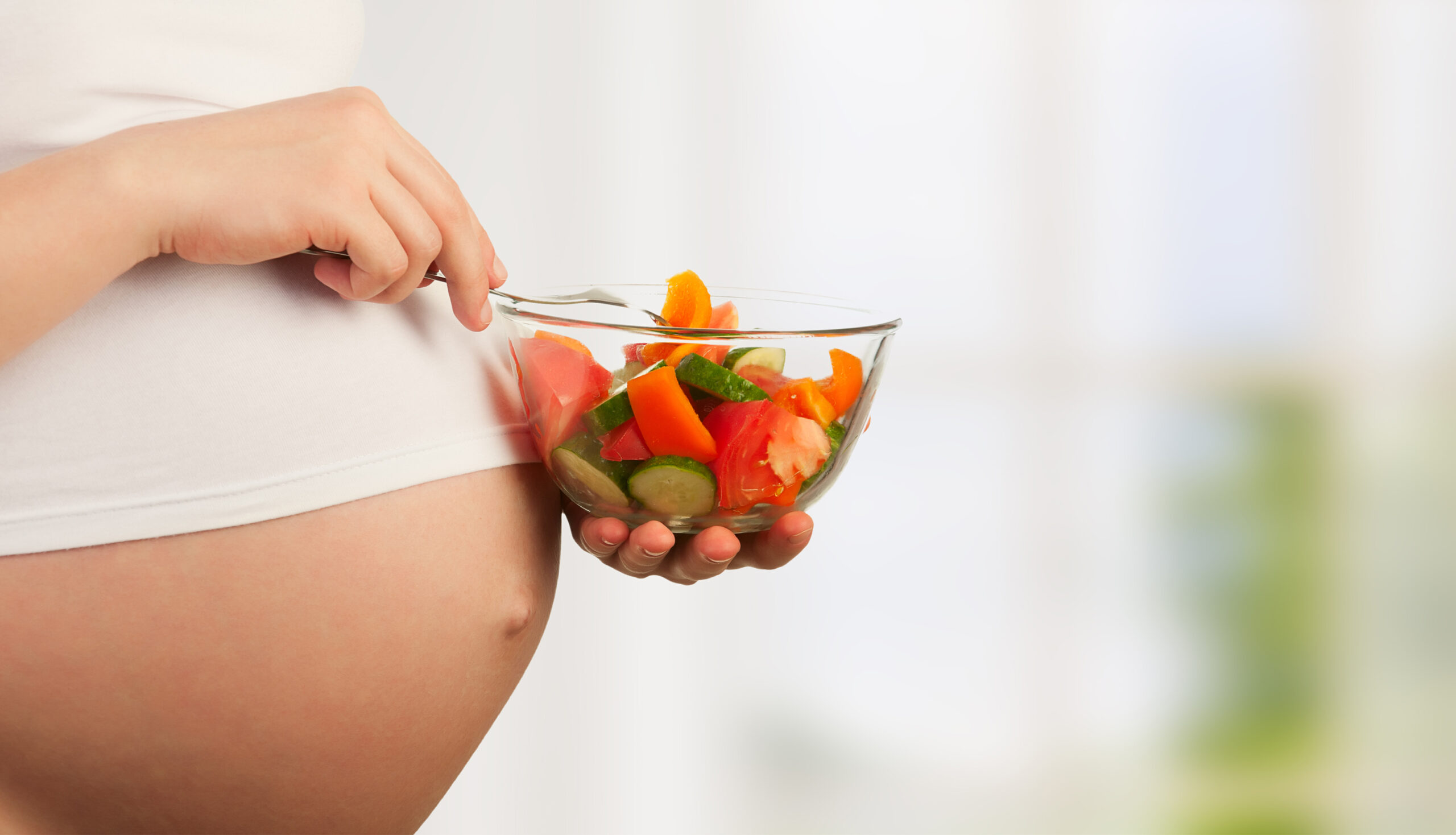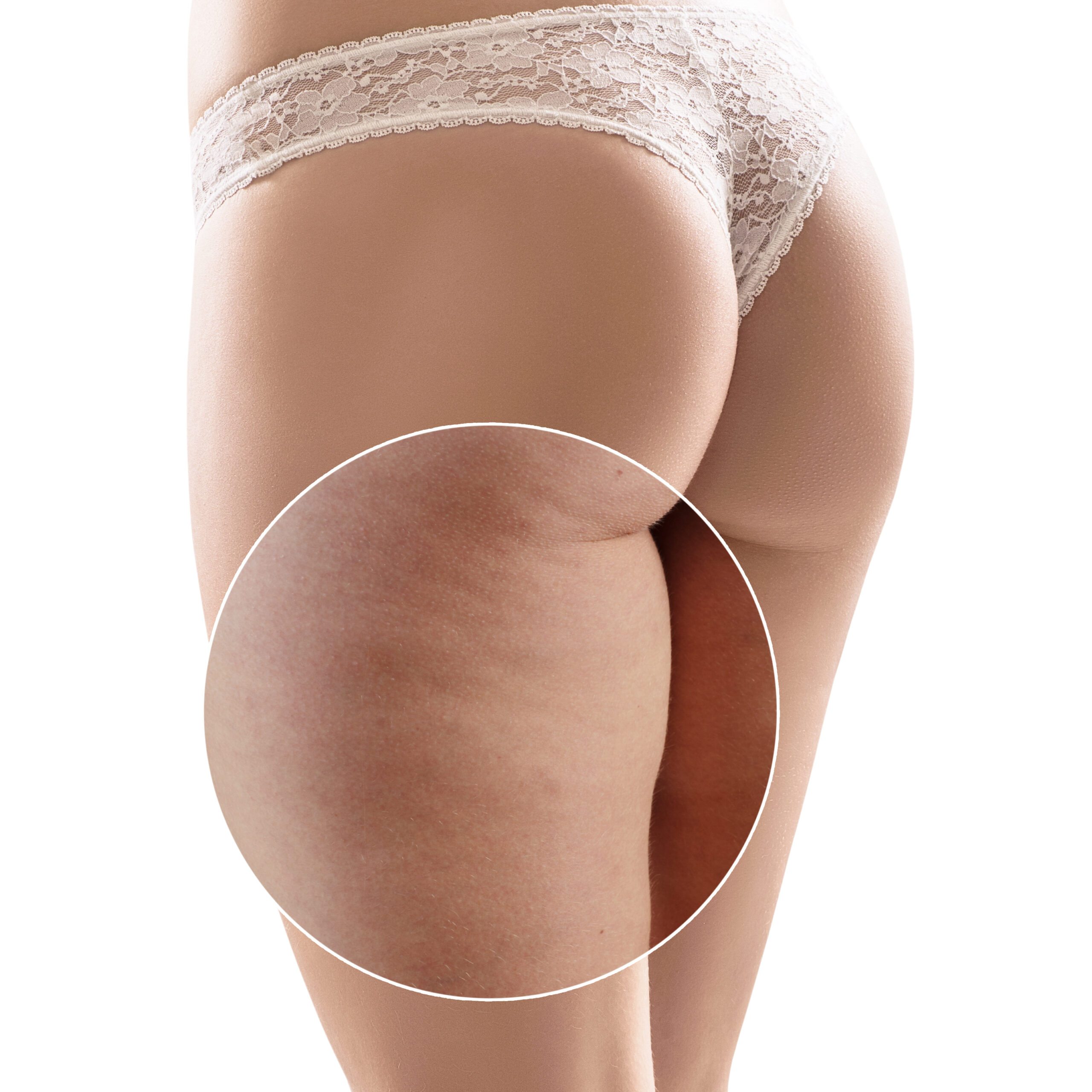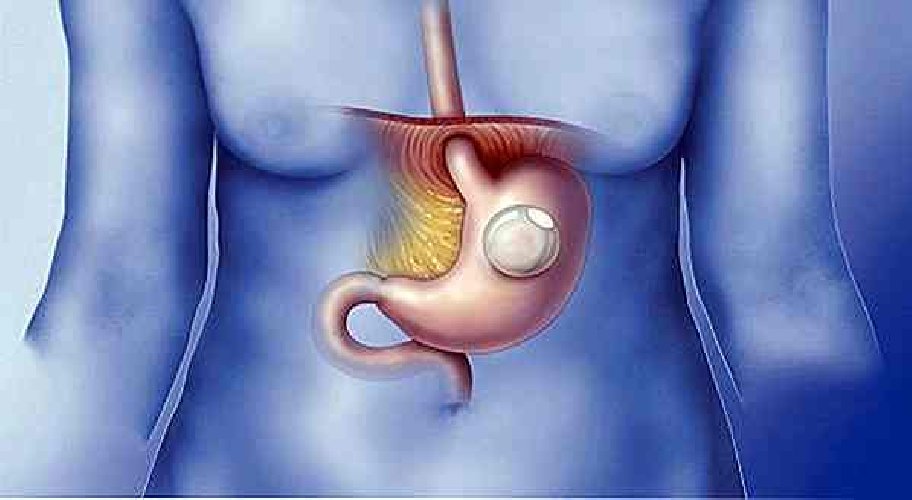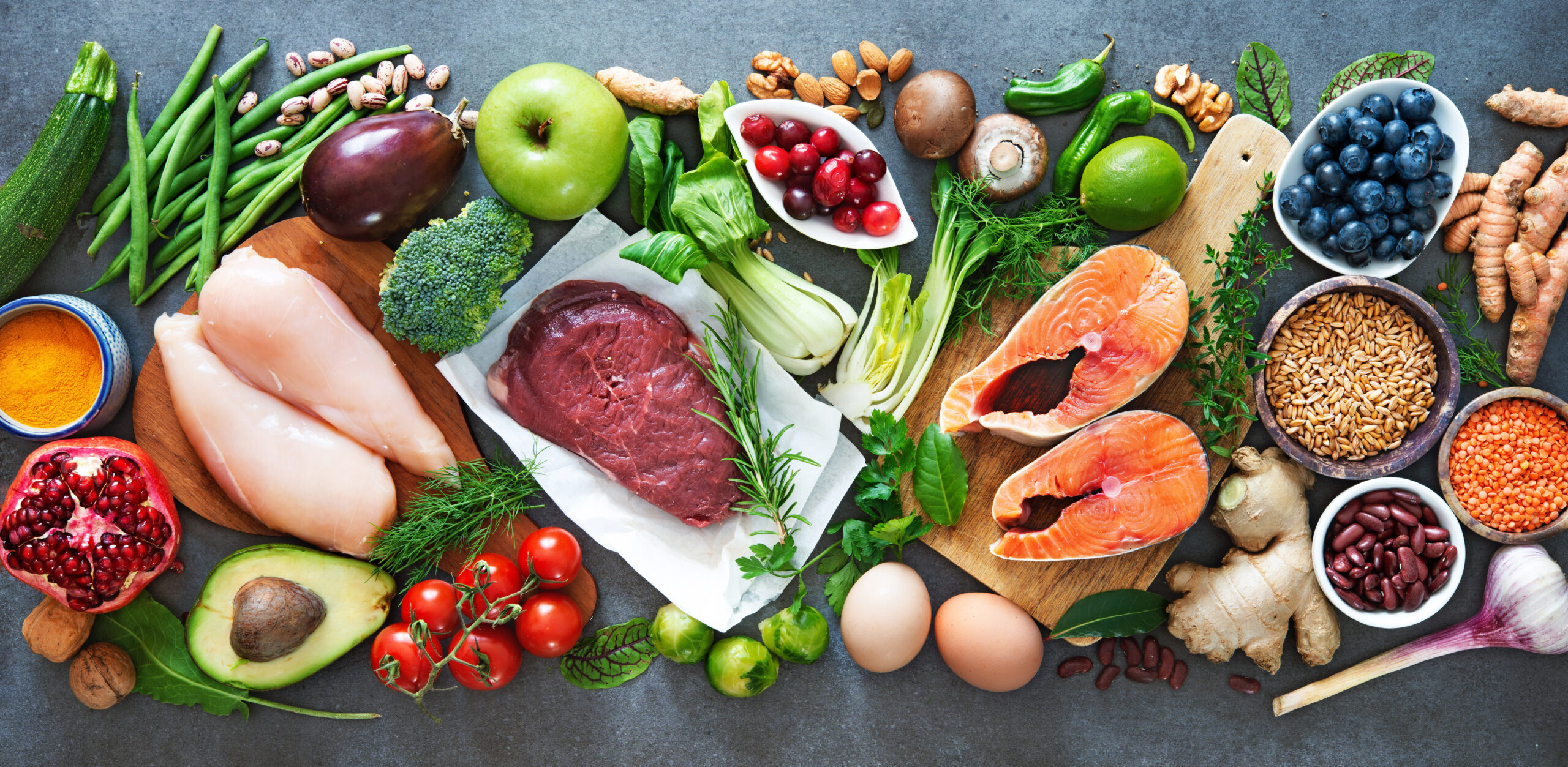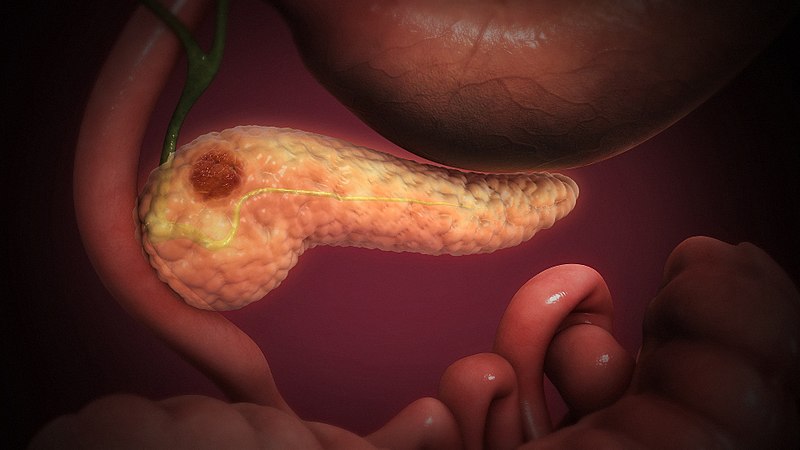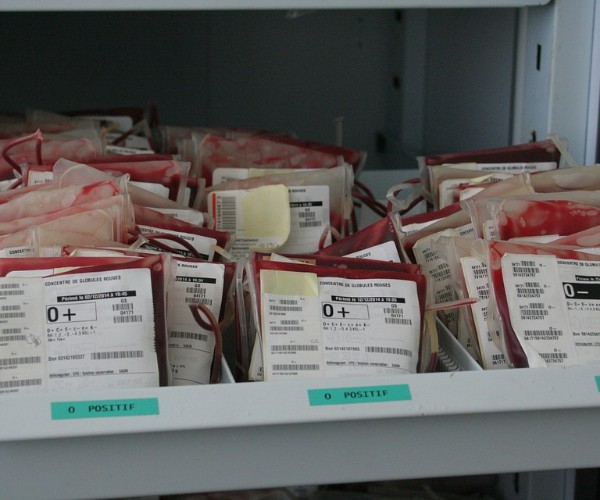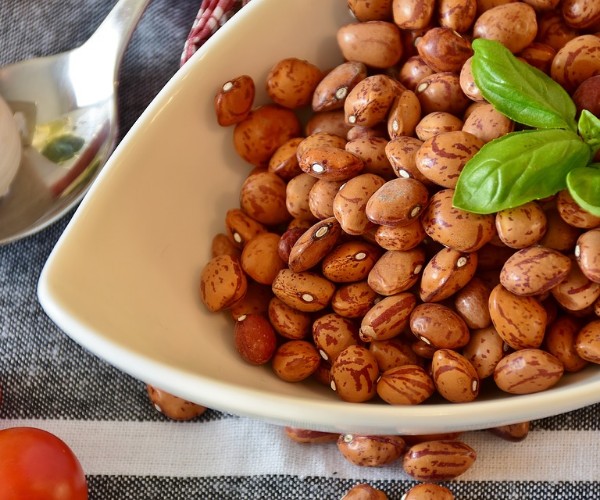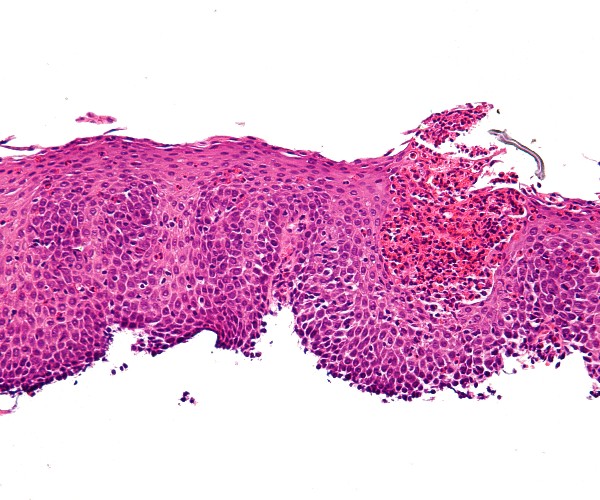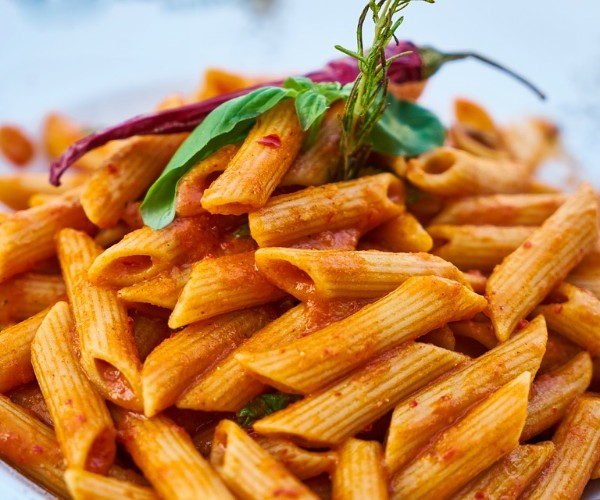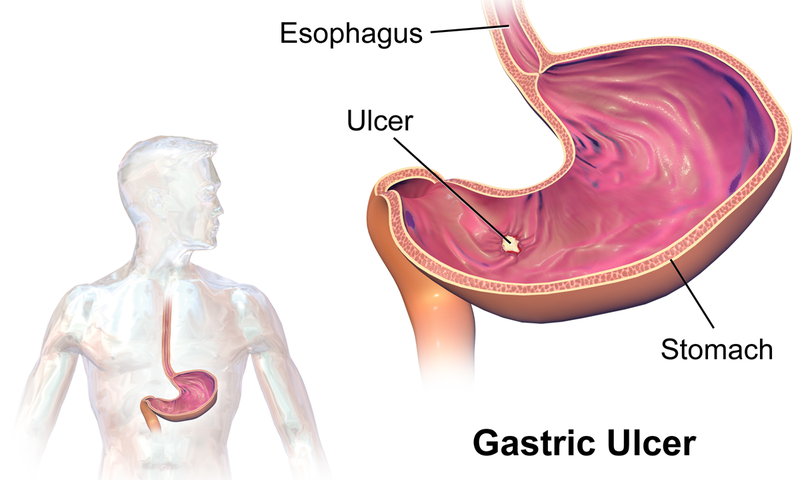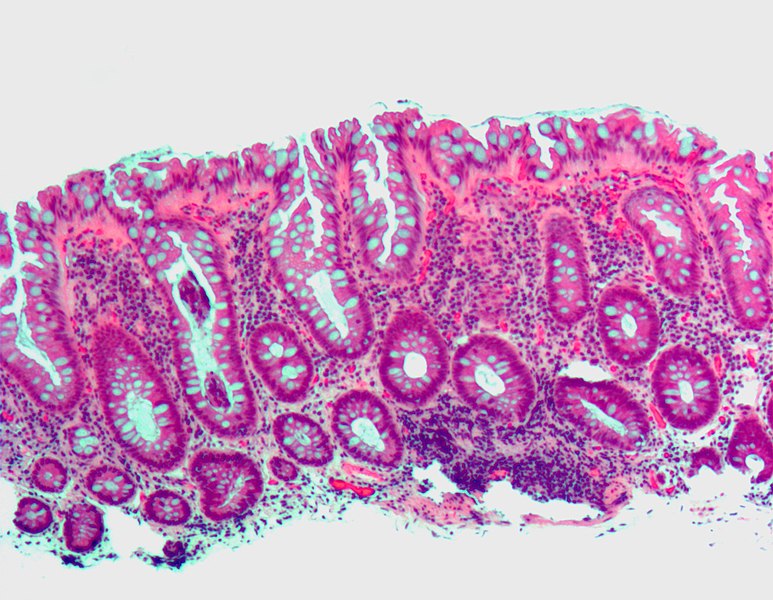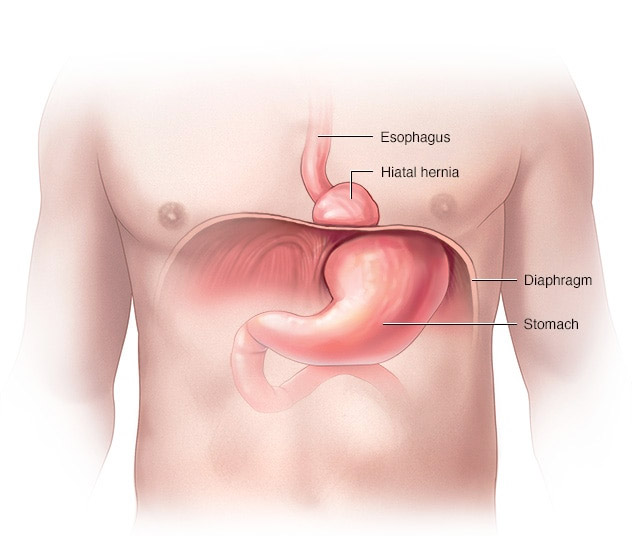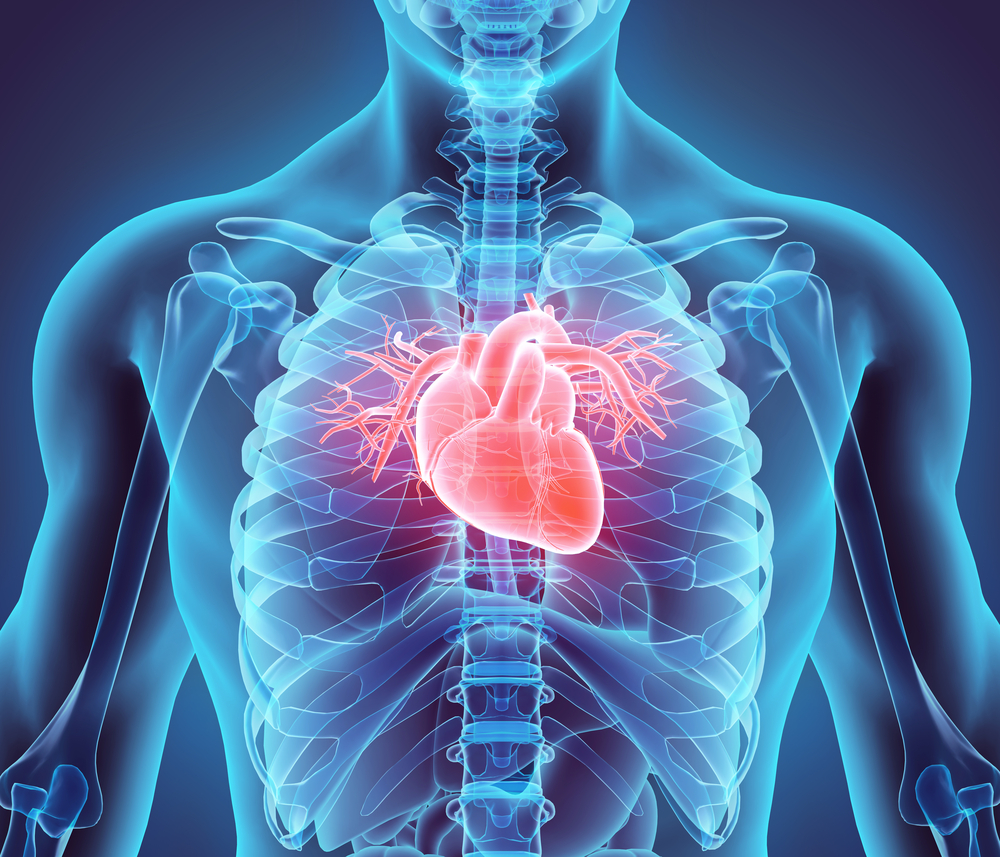Celiac disease presents as an abnormal immune response in the small intestine after ingestion of gluten, a protein found in many grains: wheat, but also spelt, barley, rye, oats, and Khorasan wheat.
This response causes chronic inflammation and thus serious damage to the gut resulting in an inability to absorb certain nutrients. This has repercussions throughout the entire body: a deficiency of nutrients in different organs, such as the brain, bones, nervous system, or liver, for example, can lead to diseases, sometimes very serious ones. Let’s think about how important various substances are in children who are in the midst of development and what consequences you may face if you continue to feed them foods containing gluten. Indeed, one of the most obvious “clues” in children with celiac disease is stunted growth, due precisely to the lack of several nutrients. But the symptoms are not always so striking. They can be silent and more subtle, so a diagnosis of celiac disease can be arrived at a long time after its onset. In fact, celiac disease can manifest itself in a variety of ways, such as with diarrhea and stunting immediately after weaning, but it can also appear later in life with different symptoms: anemia, irritable bowel syndrome, skin issues, or nervous disorders.
It should not be underestimated! A deficiency of vitamins A, B12, D, E, K and folic acid may result from the failure to absorb the various substances. There may also be a loss of calcium, from which other complications may result: calcium oxalate kidney stones and osteomalacia, a deficit of mineralization of bone tissue resulting in weakened bones in the body, which become less rigid.
Those who, despite a diagnosis of celiac disease, continue to ingest gluten can face serious complications, including osteoporosis, anemia, alopecia, infertility, and even various forms of cancer, especially intestinal lymphoma. Therefore, it is absolutely essential for people with celiac disease not to ingest foods containing gluten.
Personally, I am against all those products that are marketed gluten-free: pasta, pizza, cookies, rusks, etc. If you read the ingredients, you can find additives and preservatives within them that are harmful to your health. They are also made from devitalized flours: in fact, flours begin to “age” as early as the eighth day after milling and are completely “dead” by the fifteenth. This means that instead of providing us with important nutrients, they lead our bodies to suffer from deficiency, since, not finding the substances in food that are needed for the digestive processes themselves, they take them away from us, and so gradually we will have less and less magnesium, B vitamins, zinc, manganese and many others available to us.
Therefore, the best way is to buy products that are naturally gluten-free: to feel alive, vital, and full of energy, it is essential to feed ourselves with foods that can provide all the nutrients. Pasta, for example, even if made from corn or rice, is not a complete food because it is processed and processed: better to use the “live” grain, which carries the vital sprout and is rich in nutrients. Here is the list of naturally gluten-free grains and pseudocereals:
- Brown rice
- Mile
- Quinoa
- Buckwheat
- Teff
- Sorghum
- Amaranth
- Corn
Flours can then be made from grains: as I mentioned above, flour is “alive,” that is, rich in nutrients, until the eighth day after milling, after which it oxidizes and by the fifteenth day is completely devitalized. To prepare flour, you can buy an electric mill (you can also find ones that can be purchased on the Internet, just search for grain mill with stone mill): this will make it easy to produce cookies, cakes, and breads with homemade flours.
Of course, fruits, all seasonal vegetables and legumes should not be missing from the tables, varying the products as much as possible so as not to incur deficiencies.
Source: Crudostyle



